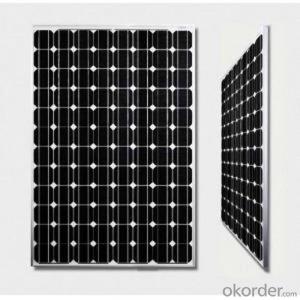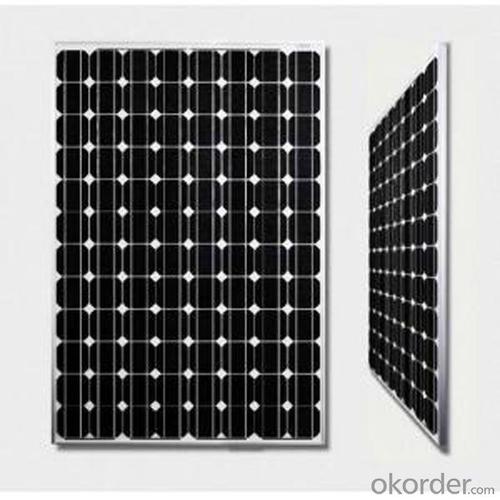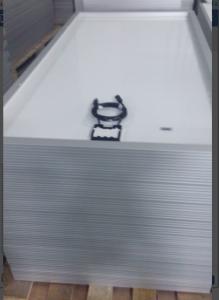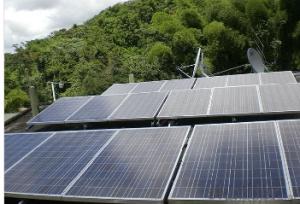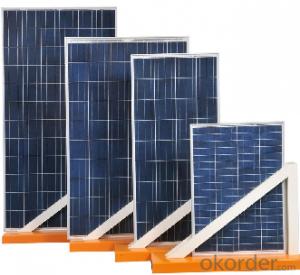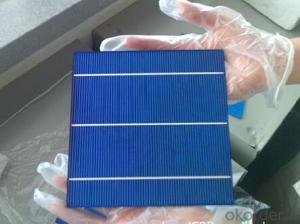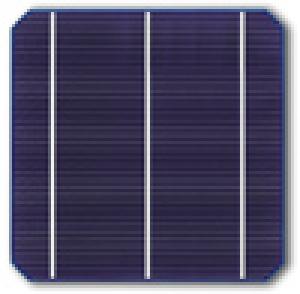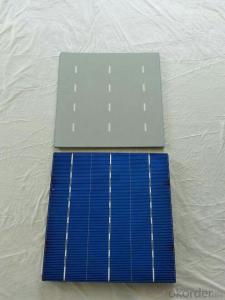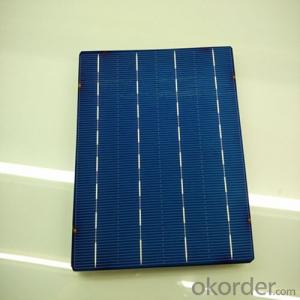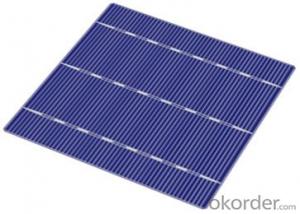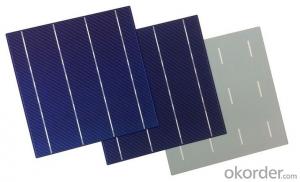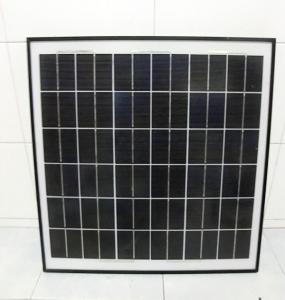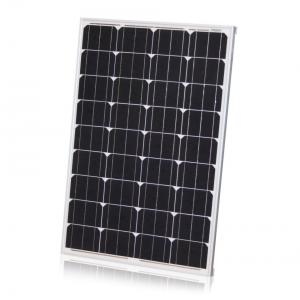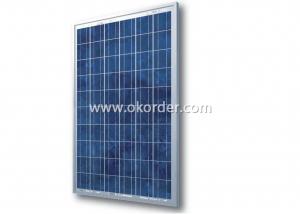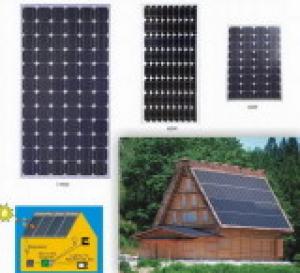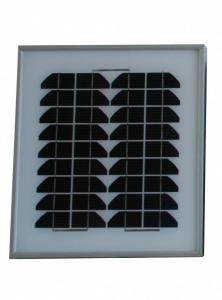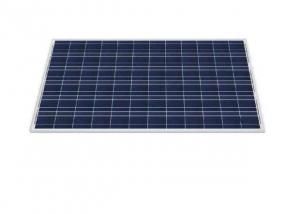Risen Monocrystalline 3BB Solar Cells Photovoltaic Product Purchase
- Loading Port:
- Shanghai
- Payment Terms:
- TT OR LC
- Min Order Qty:
- 8250 watt
- Supply Capability:
- 10000000 watt/month
OKorder Service Pledge
OKorder Financial Service
You Might Also Like
Specification
Solar Module Summarize
Solar Module is the core part of solar PV power systems, also is the highest value part of it. The function of Solar Module is to convert the sun's radiation to electrical energy, or transfer it to battery and store in it, or to drive the load running.
The Product has been widely used in space and ground, it mainly used for power generation systems, charging systems, road lighting and traffic signs areas. It could offer a wide range of power and voltage, and with high conversion efficiency, and long service life.
Company Description
CNBM International Corporation, as an important external business platform of CNBM Group, plays as a role to export solar products produced by CNBM. Headquartered in Beijing, We have entered into Solar PV industry since 2005. CNBM Solar is specialized in PV power systems which takes advantage of reliable supplying, convenient installation and free maintenance, and has been used widely, and it is the compensation and substitution of normal power supply. We provide power solutions for home, business and industrial customers, and provide off-grid PV systems for rural area. Our company not only can supply high quality solar Products, but also provides professional system Solutions and high quality services.
Technical Parameter:
Model Type | Good Quality 250W Solar Panel |
Peak Power-Pmax(W) | 250W |
Open Circuit Voltage-Voc(V) | 44.2 |
Maximum Power Voltage-Vmp(V) | 36 |
Short Circuit Current-Isc(A) | 5.4 |
Maximum Power Current-Imp(A) | 5 |
Maximum System Voltage | 1000V DC |
Maximum Series Fuse Rating | 10A |
Power Tolerance | -1~+3% |
Temperature Coefficients of Pmax | -0.45%/℃ |
Temperature Coefficients of Voc | -0.348%/℃ |
Temperature Coefficients of Isc | 0.031%/℃ |
Nominal Operating Cell Temperature | 44.5±2℃ |
Standard Testing Condition(STC) | Irradiance:1000W/m²;Temperature:25℃;AM=1.5 |
Qualification Test Parameters | |
Operating Temperature | -40℃~+85℃ |
Storage Temperature | -40℃~+85℃ |
Pressure Bearing | ≥5400Pascal/m² |
Wind Bearing | ≥5400Pascal/m² |
Mechanical Characteristics | |
Cell Size | Mono 156*156mm±0.5 |
No.of Cells | 60pcs(6*10) |
Dimension | 1640*992*40mm |
Weight | 18.8Kg |
Glass | 3.2mm High Transmission,Low Iron |
Frame | Anodized Aluminum Alloy |
Junction Box | IP65Rated |
Internal Diodes | 3 Bypass Diodes |
Cable | 1*4.0mm² Length 900mm |
Product Show:
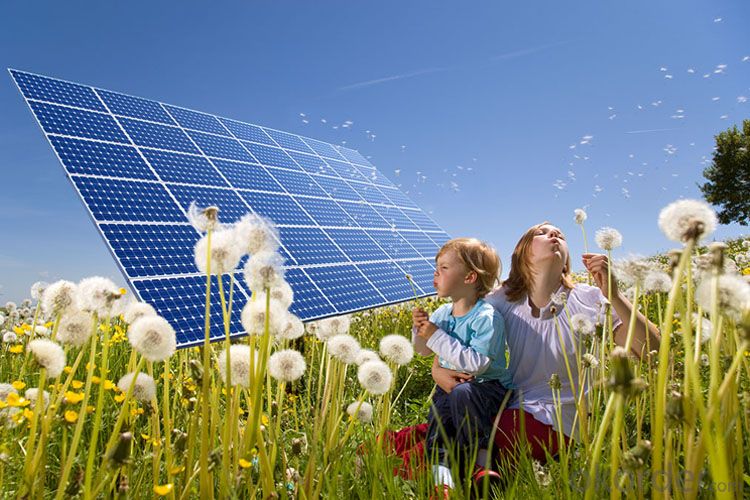
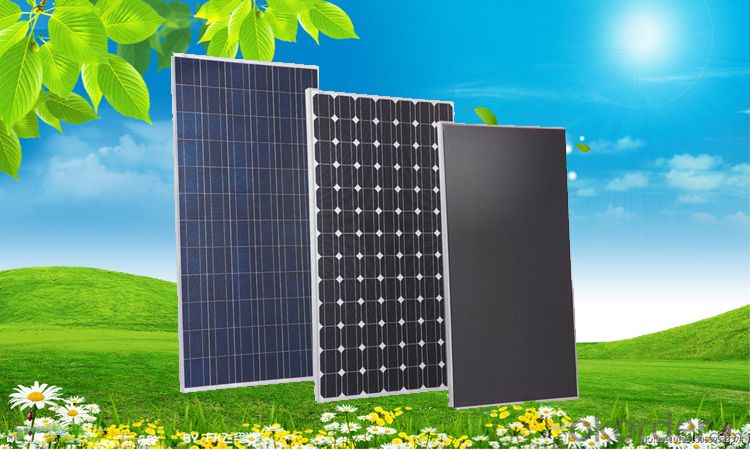

Packing & Shipping:
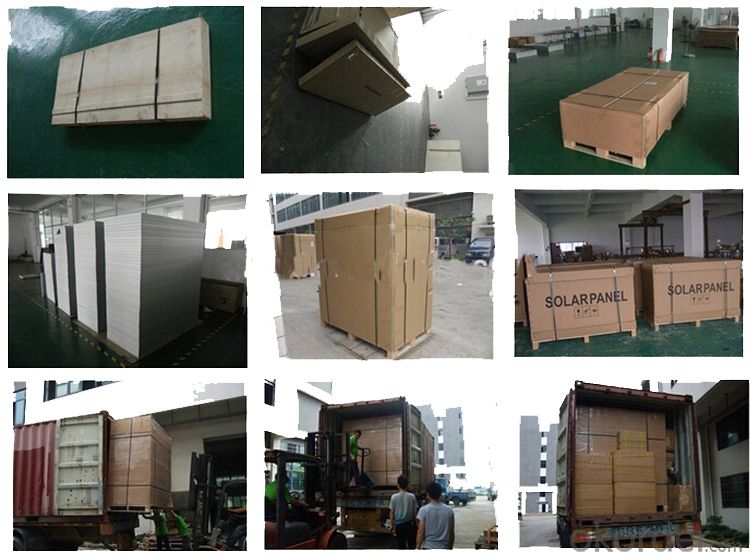
We have rich experience on how to pack the panels to make sure the safety on shipment when it arrives at the destination.
The normal size is packed by 25pcs/ carton / pallet. Paper carton for FCL shipping and wood carton for LCL shipping.
FAQ:
(1)Have you ever sold your products to companies in my country?
Of course, we have customers in all general PV markets, but I think we should expand our market share along with the market growth.
(2)When did your company set up? You are a new company, how can I believe your quality?
We entered into Solar PV industry in 2005, now we have several plants in manufacturing of a-Si and c-Si panels, and our capacity is 220MW per year. Till now we have already passed all the tests by authorized laboratories, e.g. TUV, VDE, UL.
- Q: what do I need to do to disconnect a solar panel from a battery to protect the panel?
- Know that solar panels almost always incorporate a blocking diode to prevent a battery from back-feeding through an un-illuminated panel. Know that solar panels are usually connected to a battery via an electronic switching charge controller, not directly connected. Know that when a solar panel is open-circuited (disconnected from everything) it's terminal voltage will rise to almost twice it's nominal voltage. (22V is common for a 2V panel), unless it is stored in total darkness.
- Q: when we say a solar panel has 20% efficiency, do we mean that it converts 20% of sunlight reaching it into electricity or that it converts 20% of visible light(which is only 7% of sunlight) into electricity?
- Sunlight power panels had been the go-to choice for many years. They are among the many oldest, most efficient and most liable methods to produce electrical energy from the solar. Every module is made out of a single silicon crystal, and is more efficient, although more pricey, than the more moderen and less expensive polycrystalline and thin-film PV panel technologies. You can normally appreciate them through their color which is more often than not black or iridescent blue. The silicon crystals have lengthy existence and they may be able to withstand wear and tear with out degrading its workability. Additionally solar is a main source renewable vigour as far as the sunlight method is worried. Sunlight has little influence within the residing creature. So sun panel should be in practice
- Q: What is the average lifespan of a solar panel?
- The average lifespan of a solar panel is typically around 25 to 30 years.
- Q: I would like to connect a solar panel to a small fan. I am not sure as to what is needed to actually quot;connectthe two together. Any help is appreciated.
- Wire is always good. You may need some electronics to convert the voltage put out by the solar panel to what is required by the fan. Some batteries might be nice so that the fan will run when the sun is not shining.
- Q: Has anyone actually used those kits online like energy4green or earth4energy to build their own solar panels or windmills? I'm so tempted but with my budget can't afford to waste any money. They have a 60 day money back policy but that doesn't include the money used to buy the supplies to try and build the things. My electric bill is almost $300 a month due to my stay at home disabled veteran husband who went from Utah snow to Florida sun and he has to have the AC on really cold. If anyone has actually built one can you tell me of your experience and if it actually is worth the money? I do lots of D.I.Y. projects but am a novice with electric besides installing a ceiling fan and changing out a light switch.
- What I've heard, is that for those sites implying that you can power your house and save money with homemade solar panels, is that if you try to get your money back, there is no response. Maybe if you used a real credit card, you could dispute the charges through your credit card company. Actually, I wouldn't be worried about buying materials and it not working - the more likely scenario is that you would get their instructions, and realize that they're practically worthless. In Florida, you have a chance to save money on your electric long-term, but it will be by investing maybe $0-20k, and then getting that back after 0 or more years. I'd suggest you contact a local solar installer and get a bid, even if it's only to scope out how much it would cost up front. Then you can shop around and see if you could save by installing it yourself. It's a serious project, not to be taken lightly. It took me about 3 months to put it up. It's possible that you will not save money by self-installing, as professionals may get better prices on the panels. The Florida state rebate is subject to availability of funds, and typically, I've heard people wait a long time to get it. The Federal rebate is a credit to your taxes, so you get it the next year.
- Q: Do solar panels require regular maintenance?
- Yes, solar panels do require regular maintenance to ensure optimal performance and prolong their lifespan. This maintenance typically involves cleaning the panels to remove dirt, debris, and any other obstructions that may reduce their efficiency. Additionally, regular inspections and monitoring of the system are necessary to identify and address any potential issues or malfunctions.
- Q: All I want to power is a small ice-maker (250 watts) for 25 minutes per day. That's all!!!Can I do that by using a 00 watt panel with 2-3 deep cycle batteries and getting 0 hours of quality light per day.(BTW) what size converter would you recommend? I want more than I need to grow the system
- If okorder and they ship across the US and Canada.
- Q: I have heard a lot about solar panels and I want to know how these solar panels works and is it really possible to generate electricity using solar panels. And what is the cost of getting a solar panel installed?
- Solar okorder /
- Q: The inverter I am using gets the required 2 DC volts from the solar panel, but fo some reason it just won't output the 0 AC voltage. When the inverter is hooked to a car battery, it works just fine off the same 2 DC rating. Help me out please...
- Solar panels output a very small amount of current. Even though you're getting 2V from the panels, you aren't getting enough amperage to power even the inverter itself, let alone anything plugged into the inverter. Car batteries are able to be used with inverters because they can crank out enough amps to power the inverter and whatever is plugged into it. Inverters only step up voltages and change DC to AC. They do not increase power (wattage) potential. If you want to plug in a 20W appliance into the inverter, the 2V source must be able to deliver 20W of power regardless of voltage. In pretty much everything solar powered, the panels are used in conjunction with batteries. The solar panels slowly recharge the batteries. The batteries are where most of the power comes from. Nothing is driven directly from the solar panels themselves unless the power requirement is low enough, such as a calculator. Solar panels will have an output rating in watts (W). If the wattage of your inverter plus whatever you plug into it is lower than the panel's output rating, then it can power it directly, provided you have 00% light input into the panel.
- Q: How do solar panels affect the property's carbon footprint?
- Solar panels can significantly reduce a property's carbon footprint as they harness clean and renewable energy from the sun. By generating electricity without emitting greenhouse gases, solar panels help to offset the carbon emissions that would otherwise be produced by using traditional fossil fuel-based energy sources. This reduction in carbon footprint contributes to a more sustainable and environmentally friendly property.
Send your message to us
Risen Monocrystalline 3BB Solar Cells Photovoltaic Product Purchase
- Loading Port:
- Shanghai
- Payment Terms:
- TT OR LC
- Min Order Qty:
- 8250 watt
- Supply Capability:
- 10000000 watt/month
OKorder Service Pledge
OKorder Financial Service
Similar products
Hot products
Hot Searches
Related keywords
